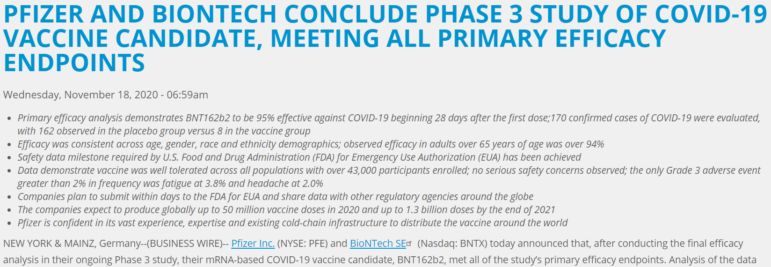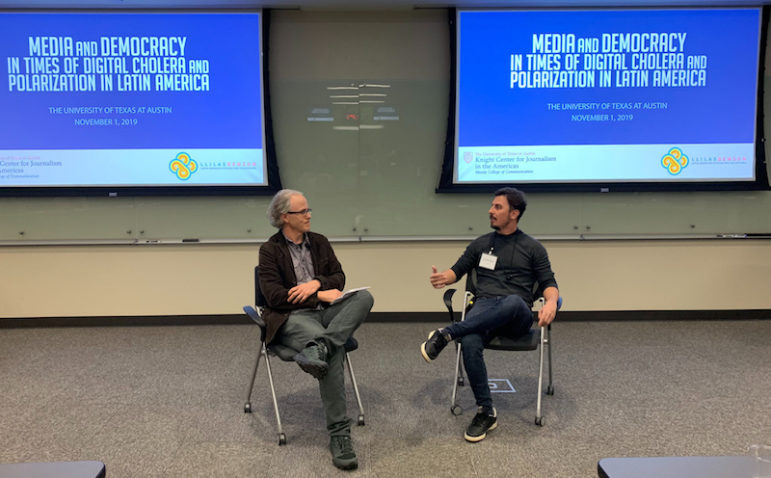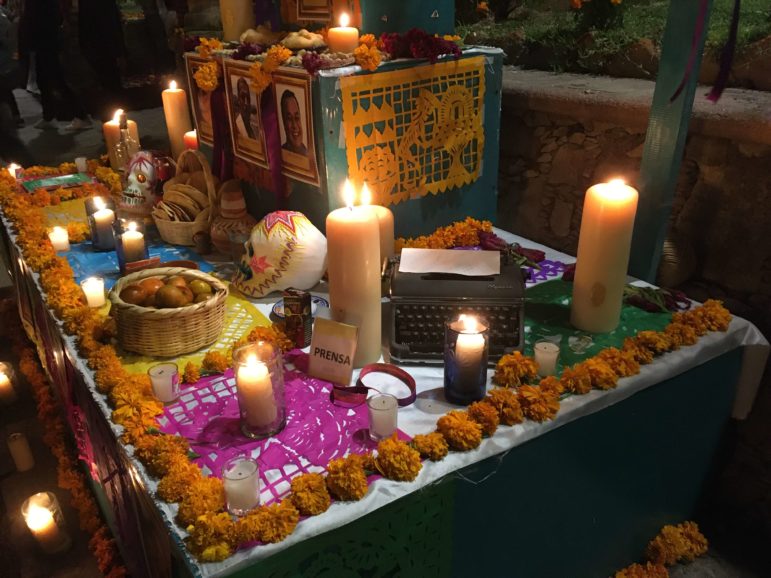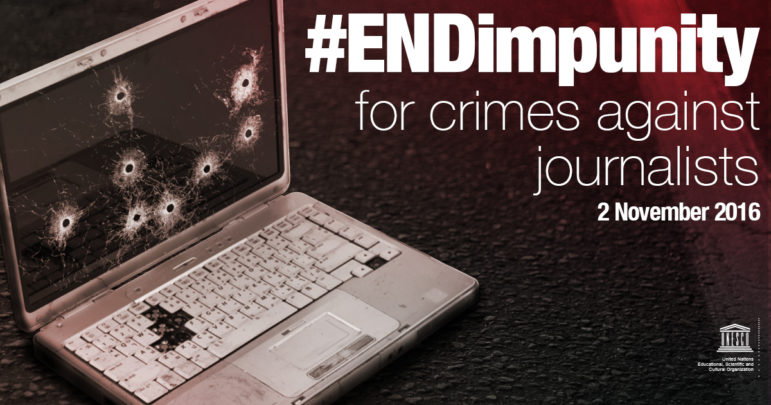

“My Killers Are Still Free” — Ending Impunity for Crimes Against Media

Editor’s Note: Today, November 2, marks International Day to End Impunity. Since 2014, the United Nations and press freedom groups have commemorated the day to spotlight the glaring number of unresolved journalists’ murders and the lack of punishment for their perpetrators around the world. This year’s awareness campaign is aptly titled “My Killers Are Still Free.” More than 25 events are taking place to encourage stronger monitoring and and responses to these crimes. As part of a series to mark the occasion, GIJN is pleased to publish the following excerpt from UNESCO’s just-released report, The Safety of Journalists and the Danger of Impunity.
Impunity for crimes against journalists fuels and perpetuates a cycle of violence that silences media and stifles public debate. It impedes the free flow of information that is vital for sustainable development, peace building, and the social welfare of humankind. Hence, it is essential to end impunity to ensure public access to information and fundamental freedoms.
One Journalist Killed Every Five Days
At least 827 journalists were killed in the past decade. On average, this means one victim every five days. And only 63 cases (8 per cent) have been resolved so far. The full name list of 827 victims is available here.
This number does not even include numerous other violations suffered by journalists, such as kidnappings, arbitrary detention, torture, intimidation, online as well as offline harassment, and seizure of destruction of material.
Journalists Killed by Region
2015 was the second deadliest year for journalists in the last ten years, with 115 journalists killed. It was also marked by a single, unprecedented attack against a media outlet, Charlie Hebdo, which was deliberately targeted resulting in the death of eight journalists.
In terms of regional breakdown, the Arab States has the highest level of killings at 35 per cent. It had a sharp increase after a significant decline in killings between 2008 and 2011, which is largely due to the ongoing conflict situations in the Syrian Arab Republic, Iraq, Yemen and Libya. Asia and the Pacific comes in second at 210 deaths (25 per cent) while Latin America and the Caribbean is third with 176 victims (21 per cent).
Category of Journalists Killed
The category of journalists most targeted by killings over the last decade have been print media journalists; in 2014-2015, however, the majority of journalists killed were television journalists. There was a sharp increase of the number of online journalists killed in 2015, with 21 cases, compared to 2 in 2014. Almost half of these were Syrian journalists and bloggers covering the conflict in Syria.
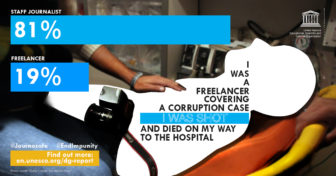 Almost 95 per cent of the victims are local journalists, versus 5 per cent foreign correspondents. Freelance journalists, who work independently and often without adequate protections, are widely considered the most vulnerable group in the media sector. Forty journalists who were freelancers or citizen journalists operating online were killed in 2014-2015, representing 19 per cent of all cases.
Almost 95 per cent of the victims are local journalists, versus 5 per cent foreign correspondents. Freelance journalists, who work independently and often without adequate protections, are widely considered the most vulnerable group in the media sector. Forty journalists who were freelancers or citizen journalists operating online were killed in 2014-2015, representing 19 per cent of all cases.
Slight Rise in Female Journalists Killed
An increase in the number of female journalists killed was observed in 2014 and 2015. Between 2006 and 2013, an average of four females journalists were killed every year. In both 2014 and 2015, nine were killed per year.
Responsiveness of Member States
UNESCO’s Director-General sends out annual requests to member states for information on the status of judicial follow-ups on the killings of journalists condemned by UNESCO. Of the 62 member states contacted this year, 40 provided a response. 32 were concrete information, 8 were just acknowledgments of receipt or indication that the matter had been transferred to competent authorities.
Excerpted from the highlights of the UNESCO Director-General’s 2016 Report on the Safety of Journalists and the Danger of Impunity. For part one of this week’s series, see The Assault on Reporting by David Kaye, the UN Special Rapporteur on freedom of expression.











